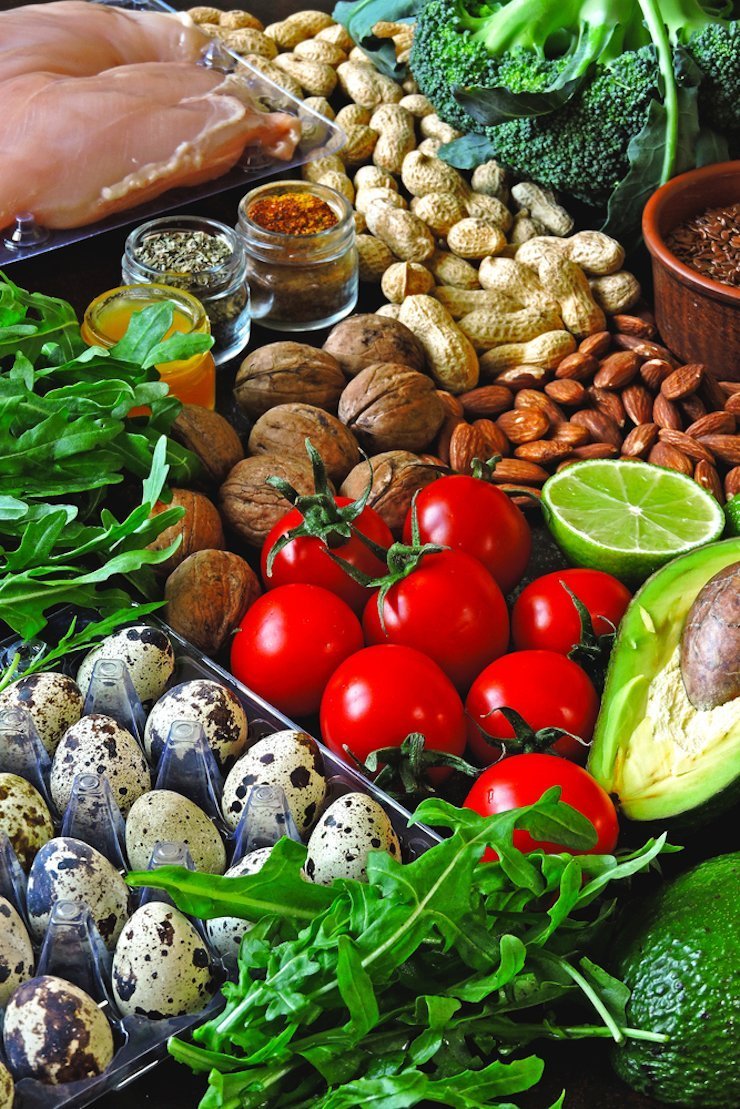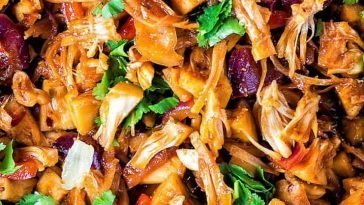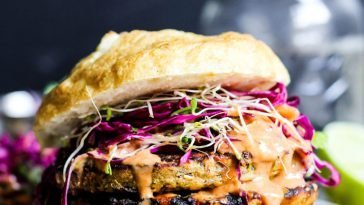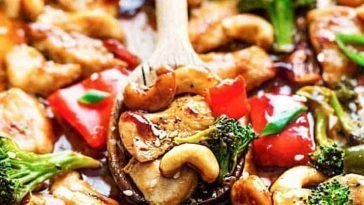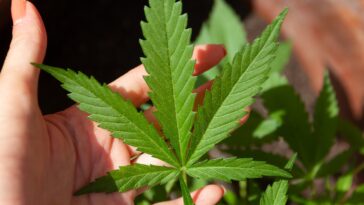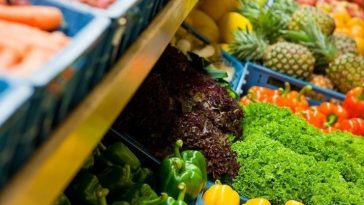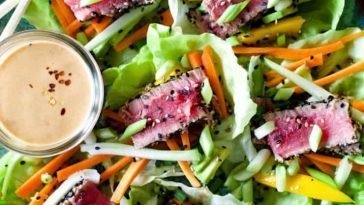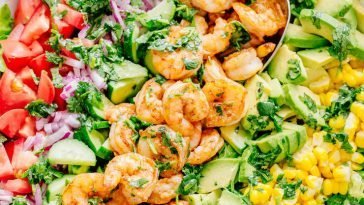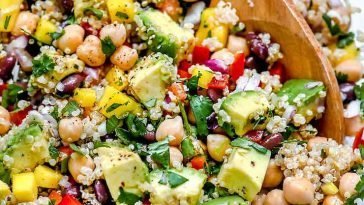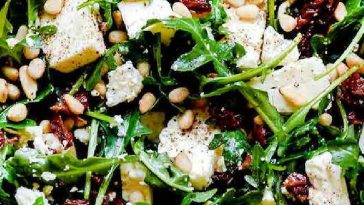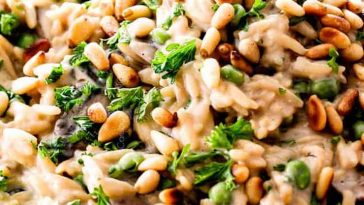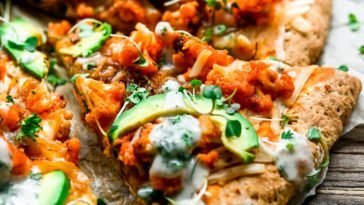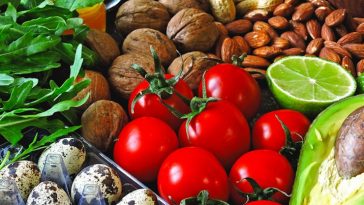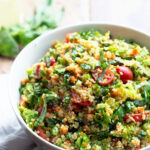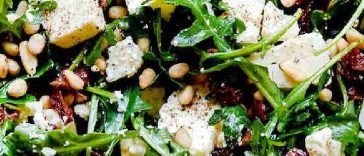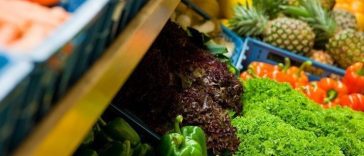Free Keto Diet Plan
If you’re searching for a fat-burning meal plan to help you lose weight, our extremely popular 7-day free keto diet plan may be the perfect diet to suit your needs.
In addition, we cover the full explanation of what is the keto diet & how it impacts your health.
Finally, we supply, as a bonus, 100’s of keto recipes! Pick a recipe you like and add the ingredients in your weekly shopping lists to smash your health goals in no time.
Ketogenic recipes for breakfast, lunch and dinner, desserts, snacks and keto grocery list!
Scroll down to access the printable 7 day free keto diet plan for beginners, shopping list & additional recipes!
This diet provides you with the tools needed to maintain a healthy lifestyle while also helping you achieve the body that you desire.
If you need motivation to get started participate in our 30 day healthy eating challenge that also caters to the keto low carb lifestyle.
What Are The Health Benefits
- Burns fat
- Use fat for energy
- Includes healthy fats
- No side effects
- Allows for low carb intake
- Moderate protein intake
- Insulin resistant
- Lowers cholesterol levels
Source: PubMed
Keto Diet Explained
What is the keto diet? The keto diet is based upon consuming very low carbohydrates, protein and a high amount of healthy fat foods.
The breakdown is the following:
- Carbs is 5% to 10%
- Protein is 10% to 20%
- Fat is 70% to 80%
Take note that net carbs differ from total carbs. How are they different?
Total carbs refer to the combined number of grams of carbohydrates, including all forms of carbohydrates in a food product or item. This would encompass sugars, complex carbohydrates, and fibers.
Net carbs, on the other hand, is a calculation used to identify the number of carbohydrate grams that significantly impact blood sugar levels. It’s derived by subtracting the grams of fiber (and sometimes sugar alcohols, depending on personal digestion and the specific sugar alcohol) from the total grams of carbohydrates.
The reasoning behind this is that certain carbohydrates, like fiber, have minimal to no impact on blood sugar levels. Thus, by excluding them from the count, you get a more accurate measure of the carbohydrates that would affect ketosis or blood sugar.
The diet puts your body into a state called ketosis which increases your metabolism. Source: Wikipedia
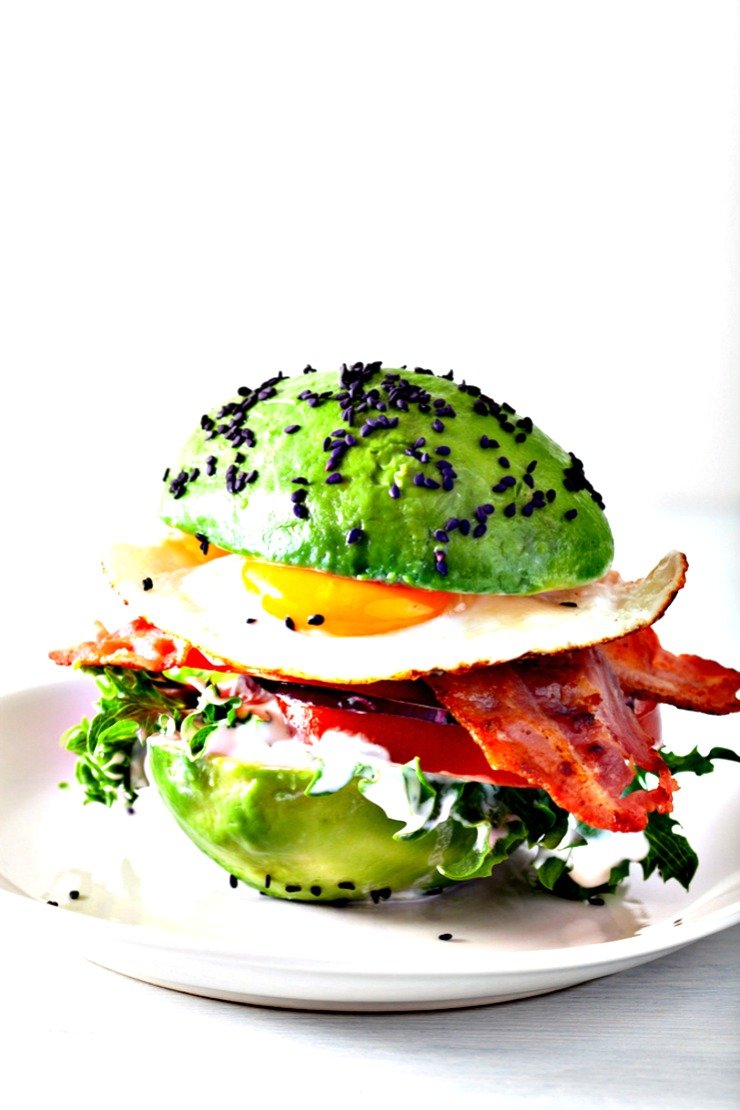
What Is Ketosis
Ketosis is a state when the body is deprived of the usual carbohydrates and sugars.
For instance, instead of burning sugar your body instead will burn off the stored fat to fuel the body.
Your stored fat will begin to be used to provide your body with energy instead of being stored for additional weight gain!
The goal of the ketogenic diet is to enter a state of ketosis through fat metabolism.
How The Diet Impacts Your Body
Your body runs on fuel from either sugar glucose or fat. The primary source of fuel that most people’s bodies tend to use is sugar glucose.
The more your body produces glucose, the more it’s being used as fuel while leaving extra fat stored in your body causing you to gain excess weight.
Therefore, the keto diet forces your body to switch gears and rely on fat for the primary source of fuel instead of sugar. This is where the ketosis stage begins to take place.
People often report brain fog, tiredness and feeling sick when first starting a very low-carb diet. This is termed the “low carb flu” or “keto flu.”
However, long-term ketogenic dieters often report increased focus and energy.
Source: Healthline
What Is The Keto Flu
When adapting to a high fat, low carb diet what can occur at the beginning of the diet is a collection of symptoms such as nausea, constipation, headaches, fatigue and sugar cravings.
How Long Does The Keto Flu Last
The keto flu typically lasts about one week for the average person and symptoms usually begin within the first 48 hours of carbohydrate restriction. However you can avoid developing the keto flu.
How To Prevent Keto Flu
- Get enough electrolytes on a keto diet (#1 method)
- Consume more calories specifically high quality fat
- Drink plenty of water
- Ease into the diet gradually
- Eat nutrient dense foods
- Get enough sleep
- Exercise gently
Keto Diet Prevents Disease
One of the many advantages of the keto diet is that it can also serve as a healing diet.
Sugar is a major cause of many diseases today.
Lack of sugar intake has proven to help prevent many diseases such as diabetes, heart diseases, cancer, seizure disorders, and symptoms of advanced aging.
This diet works to maintain sugar levels.
Boost Energy
There is nothing like the energy you gain when your body adjusts to the keto diet.
It boosts your energy so diligently that you might even consider not going back to your old diet.
The diet is very safe and 100% effective.
What you can eat on a keto diet is limited but there are plenty of great alternatives that will allow you to not even notice. It’s not as complicated as you may think.
Source: NCBI
Creates Mental Clarity
It is often said the keto diet sharpens the mind and helps with mental clarity. Excessive sugar can cause the brain to fog.
The keto diet leads the brain to be fueled with ketones rather than sugar, prompting easier brain function and more clarity.
When your energy is heightened your mental focus is at an all-time high.
Source: Reader’s Digest
What Causes Inflammation
- Sugar
- Artificial sweeteners
- Starches is wheat, etc
- Food sensitivities
- Excessive alcohol consumption
- hormonal and metabolic changes
- Lack of sleep
- Stress
- Smoking
- Excessive exercise
- Poorly controlled diabetes
- Trans Fats
- Processed vegetable Oils
- Refined carbohydrates
- Antibiotics in conventionally raised meat
Inflammation absolutely plays a huge role in digestive disorders, allergies, disease and weight gain.
Focus on relaxing, getting enough sleep, increase the intake of healthy fats, fresh greens and cut out all sugars and starchy carbs.
Source: NCBI
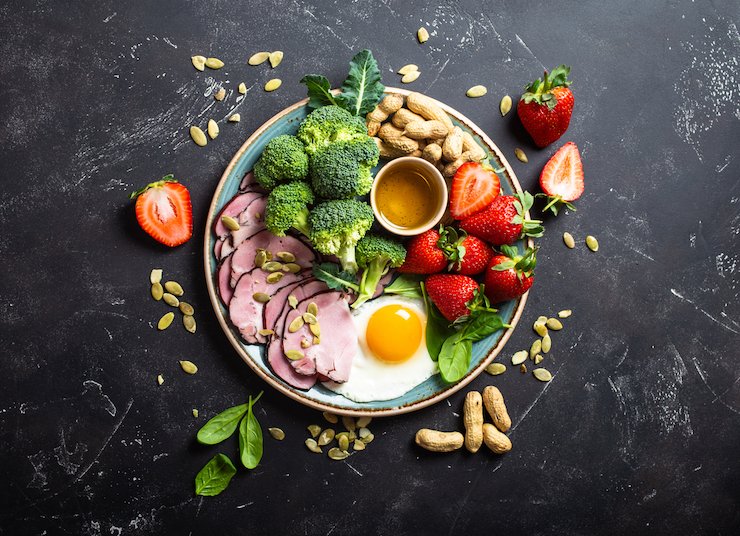
Rules
1) Skip complex carbs and added sugar.
2) Add substantial healthy fats to your diet, such as coconut oil and fatty fish.
3) Increase physical activity for accelerated fat burn.
4) Try a short fast, 24 to 48 hours once a week such as intermittent fasting, a dietary approach that involves regular short-term fasts will speed up ketosis.
Intermittent fasting reduces inflammation. Source: Healthline
5) Maintain adequate protein intake.
Keto-Friendly Ingredients for a Healthy Low-Carb Lifestyle
Keto-friendly foods are typically high in healthy fats, moderate in proteins, and low in net carbs. For those starting this journey, here’s a closer look at some keto-approved ingredients you can easily incorporate into your diet to promote weight loss:
Green Beans: Although not all legumes fit within the ketogenic diet, green beans are an exception due to their lower carb content. They are versatile and can be stir-fried, steamed, or added to casseroles.
Soy Sauce: Soy sauce, a staple in many Asian cuisines, can add depth and flavor to various dishes without adding carbs. Opt for naturally brewed or tamari soy sauce to avoid added sugars and ensure it meets keto guidelines.
Fresh Berries: While most fruits are off the table in a strict keto diet due to their sugar content, fresh berries like raspberries, blackberries, and strawberries can be enjoyed in moderation. They’re not just delicious but also packed with antioxidants.
Organ Meats: Often overlooked, organ meats (like liver, heart, and kidneys) are nutrient-dense and align well with the keto diet’s emphasis on high-quality protein sources. They’re rich in vitamins and minerals that many conventional cuts lack.
Canned Tuna: A convenient protein source, canned tuna is perfect for salads and quick meals. Ensure it’s packed in water or olive oil for the most keto-friendly option. Before you add it to your recipes, always check for added sugars or fillers.
Grilled Salmon: High in omega-3 fatty acids, grilled salmon is both delicious and perfectly suited for keto. Plus, it’s a great source of protein, helping you stay full and nourished.
Pumpkin Seeds: A crunchy and satisfying snack, pumpkin seeds (also known as pepitas) offer a blend of healthy fats, protein, and essential minerals like magnesium and zinc.
Macadamia Nuts: Among the most keto-friendly nuts, macadamias are loaded with healthy fats and have a deliciously creamy texture. They can be eaten as a snack or used in keto recipes.
Olive Oil: A staple in the Mediterranean diet, olive oil is rich in heart-healthy monounsaturated fats. It’s ideal for drizzling over salads and cooking. You can even use olive oil as a base for keto mayonnaise. You can also use coconut oil for your keto recipes.
Coconut Milk: A luscious addition to curries, smoothies, or coffee, coconut milk is rich in healthy fats. It’s a wonderful dairy alternative on the keto diet, offering creaminess without the carbs.
Almond Milk: Almond milk is another popular dairy substitute in the keto community. Unsweetened versions are low in carbs and can be used in everything from morning coffee to keto dessert recipes. This entails adjusting the recipes according to your own preferences.
Lemon Juice: This juice is low in total carbs, making it perfect for quenching your thirst without the risks that come with sodas.
Foods to Avoid When On A Low Carb Diet
Embarking on a ketogenic journey requires not just understanding the foods that fit within the diet’s principles but also recognizing the food items you can’t eat. If you’re starting, it’s essential to remove the food items here in your shopping list and diet.
Key among the non-compliant foods are grains and starches such as bread, rice, pasta, and even seemingly healthy options like whole grains and whole wheat products. These foods typically contain too many carbs for a keto framework so you can’t really make them work for keto recipes.
Sugary delights, from cakes and candies to sodas and fruit juices, are also off the table, as they’re laden with carb-heavy sugars. Even sugar-sweetened beverages aren’t allowed to be part of your meal too.
While the ketogenic diet does permit some fruits, most, including staples like apples, bananas, and oranges, are too high in sugars to be considered keto-friendly. Additionally, many legumes, including various beans like black and kidney, as well as chickpeas and lentils, are also high in carbohydrates, making them unsuitable for those strictly adhering to keto guidelines.
Why Following A Keto Diet Plan Matters
Following a structured keto diet plan is essential for various reasons:
Achieving Ketosis
The primary goal of the keto diet is to get the body into a state of ketosis, where it burns fat for fuel instead of carbohydrates. By strictly following a keto diet plan, you ensure that you consume the right macronutrient ratio to enter and maintain this metabolic state.
Consistent Results
Like any diet or nutritional approach, consistency is the key to seeing results. Following a plan can ensure your consistency with your food intake, helping you achieve and maintain your desired results.
Avoiding Nutritional Deficiencies
With the exclusion or severe restriction of certain food groups, it’s essential to plan your diet carefully to ensure you are still getting all the necessary nutrients. A well-structured keto diet plan can guide you in consuming a balanced and varied diet within the parameters of the ketogenic approach.
Helping with Weight Management
If weight loss or management is a goal, following a structured plan can help track calorie intake and keep you on target. You’ll know how much and what to eat that won’t kick you out of ketosis.
Accountability and Commitment
Having a structured plan can provide a sense of commitment, making it easier to stay on track, especially when faced with dietary temptations.
Tailored to Individual Needs
Everyone’s body and goals are different. By following or creating a personalized keto diet plan, individuals can address their unique needs and health conditions, ensuring optimal benefits.
7 Day Free Keto Diet Plan For Beginners
Here is a free 7-day keto diet meal plan for beginners to ignite your journey towards living a healthier lifestyle. Scroll down to access the infographic.
Day 1
Breakfast: Sunny-side up or hard boiled eggs and bacon added with avocado
Snack: peanuts or cashews
Lunch: Avocado salad with grilled chicken
Snack: stuffed celery sticks
Dinner: Beef and broccoli with cauliflower rice
Day 2
Breakfast: Herbed veggie omelet with smoked salmon
Snack: almonds
Lunch: Broccoli salad stuffed in shredded cheese and red onions
Snack: High-fat cheese and dill pickle slices or organic pepperoni slices
Dinner: Zucchini noodles with butter and garlic topped in parmesan
Day 3
Breakfast: Ham and cheese omelet sided with strawberries
Snack: Plain Greek yogurt coated in 1 teaspoon crushed almonds
Lunch: Sesame chicken wings and keto fries
Snack: Delicious smoothie made with coconut milk, raspberries and blackberries.
Dinner: Lemon pepper chicken topped in parsley sided with asparagus
Day 4
Breakfast: Avocado smoothie made with coconut or almond milk, fresh spinach, and berries
Snack: Two deviled eggs or two hard-boiled eggs
Lunch: Chicken parmesan on top of zucchini noodles topped with cheesy tomato sauce
Snack: Pizza or taco rolls (used baked full-fat cheese as the “wrap” and fill with pizza or taco meat)
Dinner: Avocado chicken salad served with celery and tomatoes
Day 5
Breakfast: Scrambled eggs and bacon sided with avocado or sliced tomato
Snack: A cup of berries with nuts of your choice (almonds, pecan, walnuts…)
Lunch: Lettuce wrapped beef burger topped with tomato, cheddar cheese and avocado
Snack: zucchini and homemade guacamole or with full-fat cheese
Dinner: Cheesy chicken fried cauliflower rice and broccoli
Day 6
Breakfast: Egg burrito loaded with avocado, bacon, cheese, and chives
Snack: Keto bar
Lunch: Tuna stuffed avocado seasoned with lemon and topped off in green onions
Snack: Cheese and meat snack pack
Dinner: Roasted lemon garlic butter shrimp and asparagus
Day 7
Breakfast: Smoked salmon mixed with scrambled eggs sprinkled with scallion
Snack: kale chips
Lunch: Salmon salad and boiled egg topped with cucumber and cherry tomatoes
Snack: Baked celery stuffed in goat or cottage cheese
Dinner: zucchini noodles shrimp scampi topped with lime
Mix it up to create your own keto meal plans.
Keto Diet Meal Plan INFOGRAPHIC
[optinlocker]
PIN THE 7 DAY KETO DIET MEAL PLAN TO PINTEREST!
Print Keto Diet Plan PDF Below
[/optinlocker]Bonus: Keto Grocery List
Keto Diet Foods List Infographic
Bonus: 100’s Of Keto Approved Recipes
When you eat the right combination of food, you simply feel more satisfied.
Once you start the keto diet for beginners, you will notice that you feel better, look fabulous, and overall have a healthier way of living.
Enjoy the FREE keto diet plan, keto diet food list and keto recipes!
Fav Products:
Personalized Boards To Prepare Diet Meals for Keto

